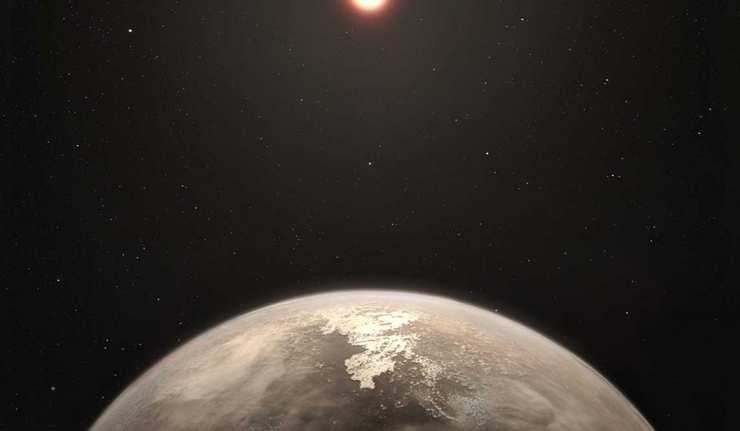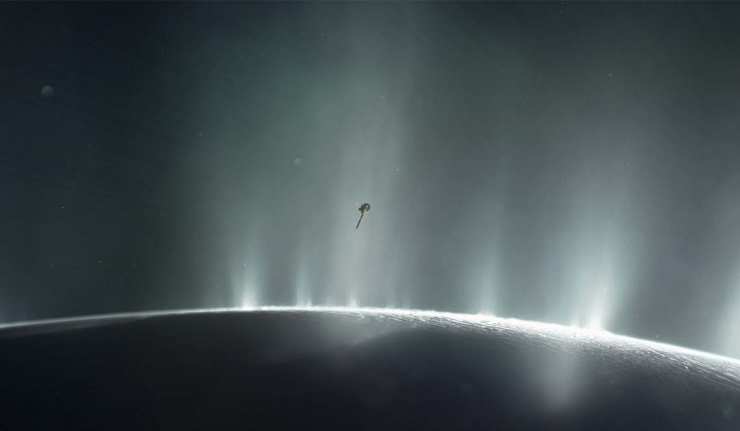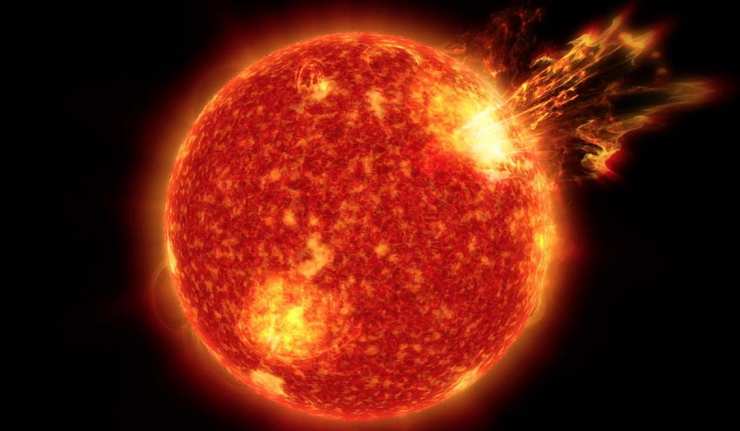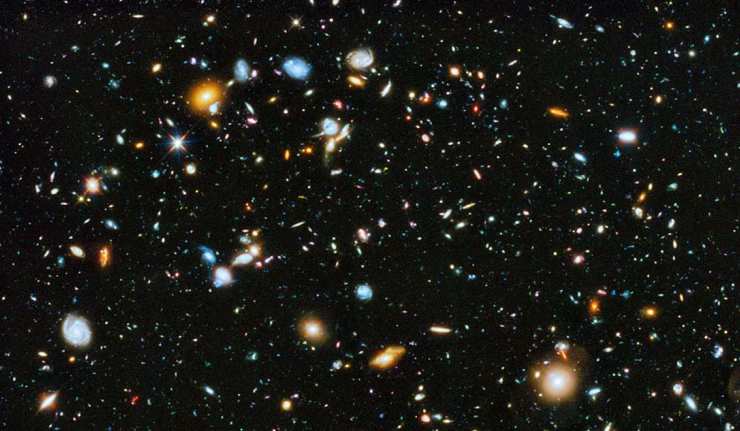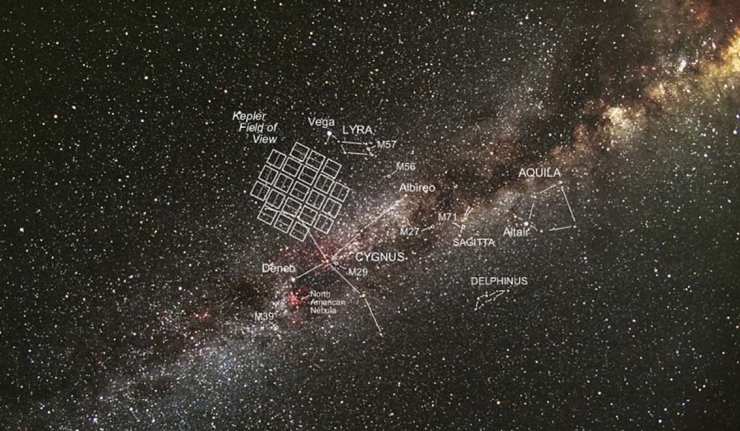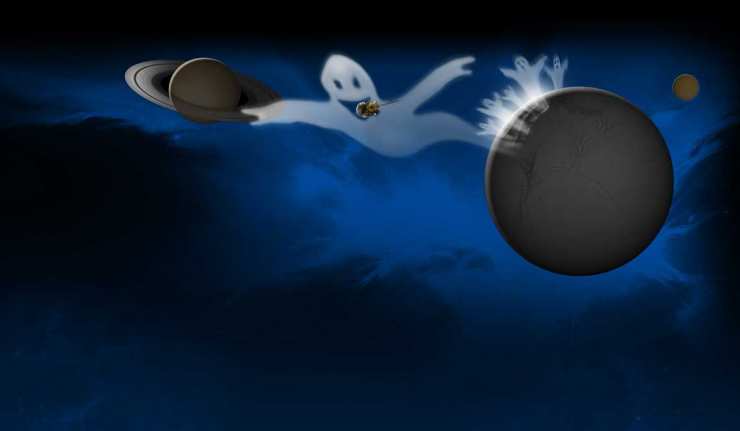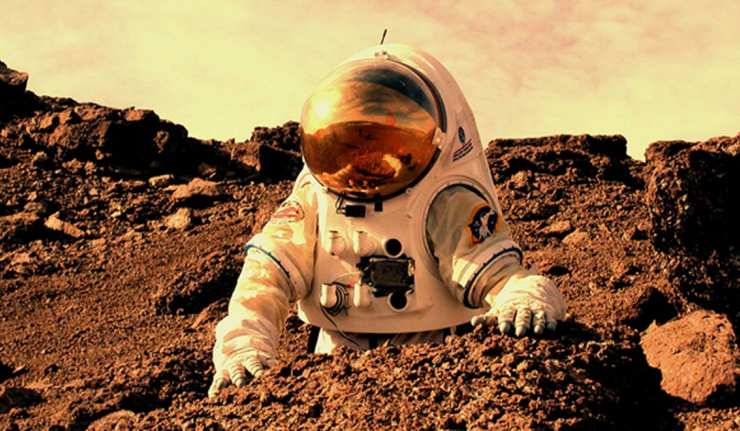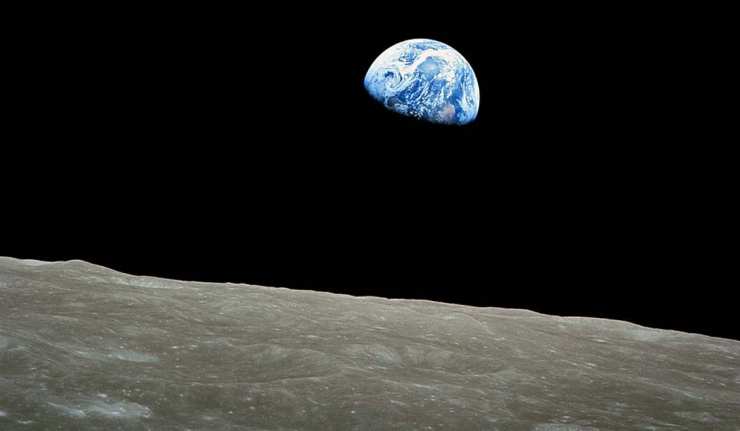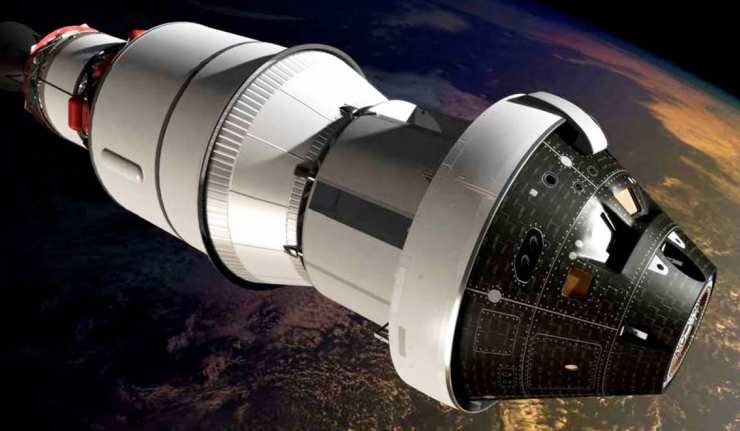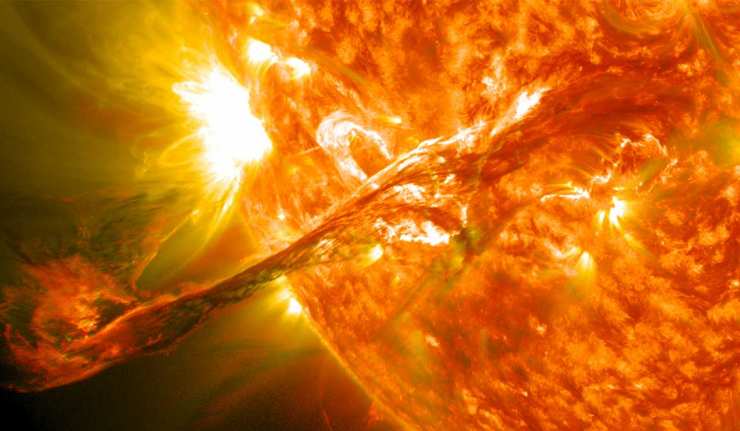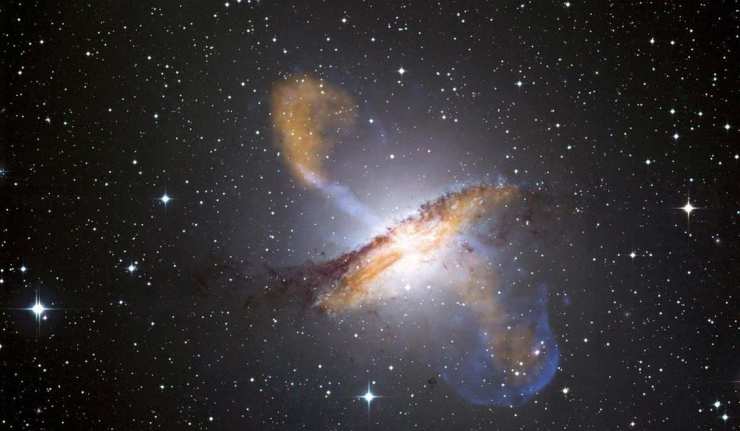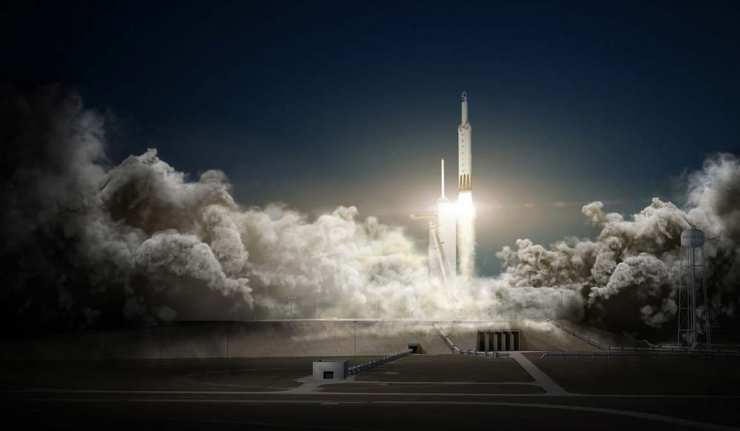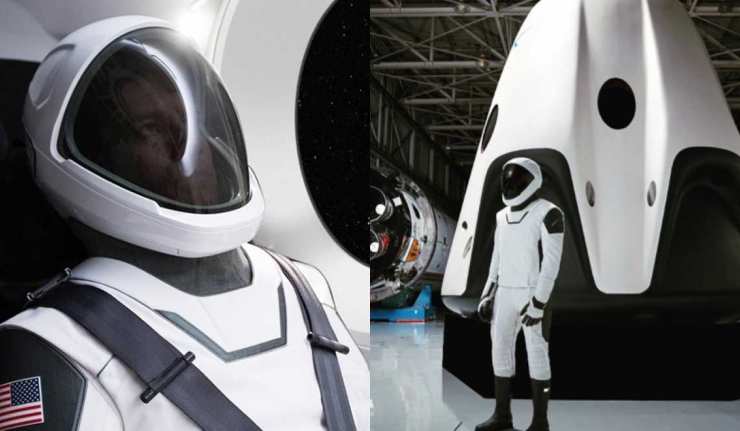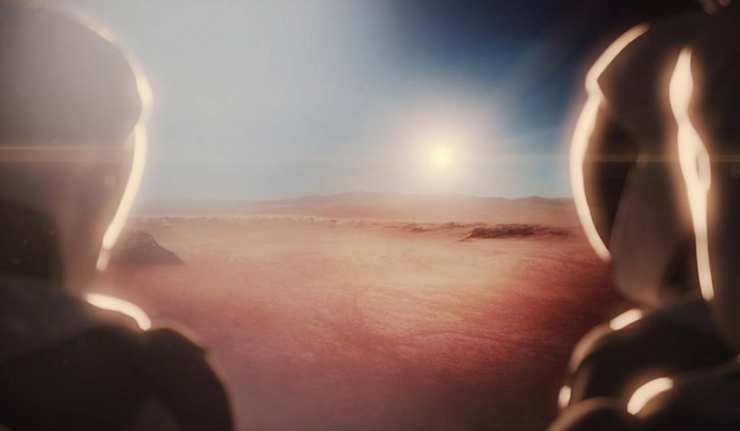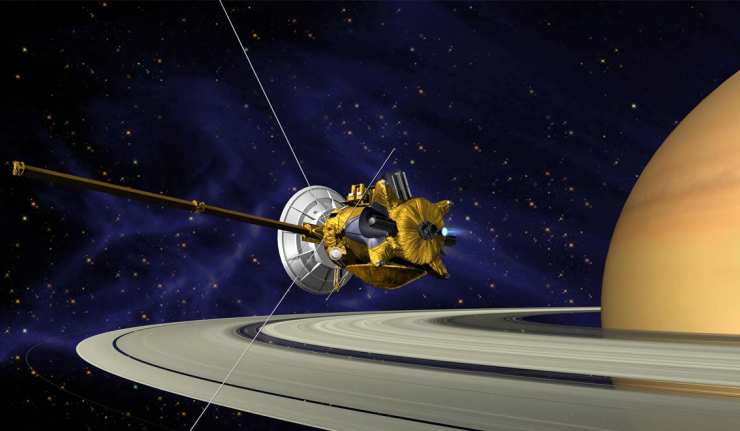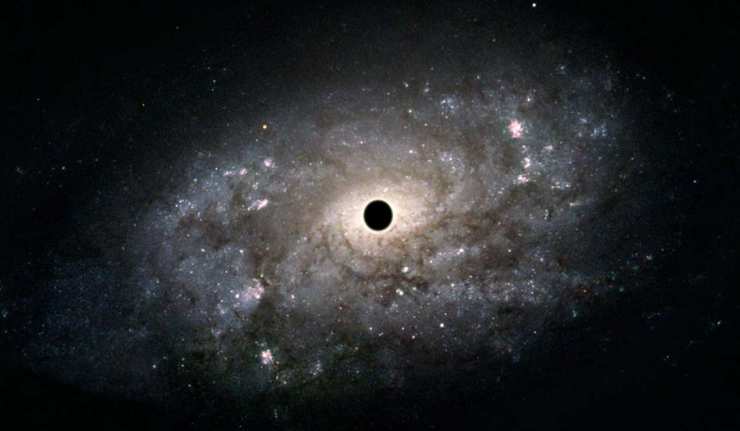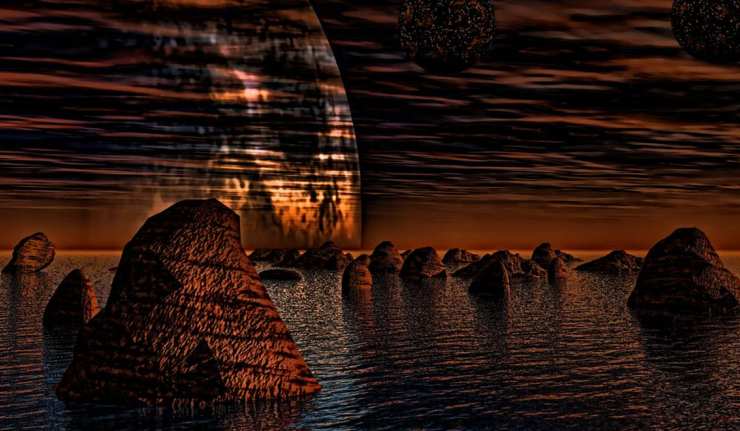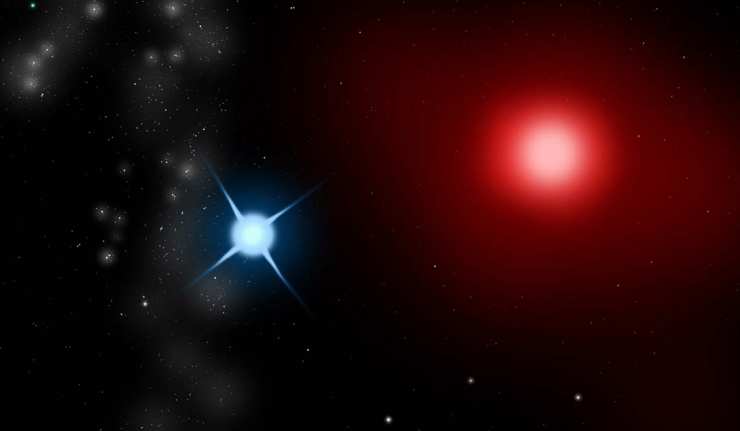Space
Habitable Exoplanet Discovered Close To Earth
Wouldn’t all your sci-fi dreams come true if there was a celestial body, other than Earth, we could live on, or at least where alien life was found?
Well, in a supercool discovery, astronomers from Europe have spotted a planet, Ross 128 b, close to our solar system, about 11-light years away, with a temperate climate and sized similar to Earth. But what seems to have caught the interest of experts is its possible habitability.
How Earth Helps The Hunt For Other Habitable Worlds
The key to finding habitable planets may well lie a lot closer to home than many of us realise.
Since 1997, NASA satellites have been observing our own Earth, building up a fabulous resource which shows us exactly what a planet that is capable of sustaining life looks like. This huge repository of information is now helping inform scientists as to some key pointers they should be looking for as they trawl the universe looking for other planets which may hold the potential to support life.
Secrets of Space Weather Revealed: Solar Storms
Whilst the sun might look relatively benign from here on Earth, in reality it’s a hugely powerful star which undergoes many storms, some of which scientists are only just beginning to understand.
Scientists can now predict the likelihood of coronal mass ejections, or CMEs with relative ease because these events are usually preceded by some kind of warning sign. This can include the presence of more energetic particles, bright flashes or bursts of heat.
A CERN-Based Study Takes Another Step Closer to Defining Why The Universe Exists
The current scientific understanding of the universe and the basis by which it exists involves the concept of anti-matter: a nebulous state that is an exact antithesis of the matter we and everything we perceive is made of. Therefore, an important question that arises from this theory is how antimatter didn’t stop a universe-load of matter existing in the first place. Some prominent researchers conclude that this is due to some fundamental imbalance of particles or forces.
Habitable Planets Discovered by Kepler Spacecraft
Scientists have just released details of the discovery of ten planets, all of which show promise as potentially habitable worlds. So who knows, perhaps future missions to visit other planets will take us much further afield than Mars in our own solar system.
Celebrate Halloween With An Out Of This World Spooky Space Soundtrack
If you’re looking for the perfect soundtrack to your Halloween party, look no further than NASA’s newly released collection of mysterious noises recorded by spacecraft travelling within our solar system.
Musk on Mars: Closer than Ever?
Are you ready to pack up and go to live on a Martian colony? Elon Musk thinks you should be.
Discovery Of A Cave On The Moon: The Perfect Location For A Lunar Base Camp
The mission to create a colony of humans on the moon has just received a huge boost – in the unlikely discovery of a cave stretching into the surface of the moon. Scientists suggest that this could be the perfect location for a lunar exploration base.
A team of international researchers released details of the find in Geophysical Research Letters, noting that the cave was found through researchers studying data collected by the Japan Aerospace Exploration Agency (JAXA) Kaguya lunar orbiter.
Can Bacteria Explore Space? Maybe
2017 has certainly seen some leaps in the technology and resources available to a handful of organisations that may be most likely to deliver more extensive space travel to more people. This has included a steady increase in the theoretical, experimental and practical research that will underpin how humans and other lifeforms will respond to space flight over longer periods. This includes all normal aspects of human life, including what happens to the bacteria the average person plays host to on an everyday basis.
Should We Be Worried About Solar Flares?
A solar flare hitting Earth and wiping out electricity grids and satellite communications might sound like something from a science fiction movie, but it’s happened before and scientists predict it could well happen again. A new study suggests that the likelihood is that the Earth will be hit by a serious solar flare within the next 100 years.
A New Field of Science Opened Up Thanks To LIGO and VIRGO
In a press conference today, scientists from over 70 different observatories came together to reveal new information about the nature of our universe.
SpaceX’s Second Job: Is This How Musk Will Achieve His Martian Dream?
You may have heard or read something about Elon Musk’s latest announcement concerning the future of his company SpaceX by now. The famous entrepreneur has detailed his plan that involves bringing humans to the Moon and to Mars in ever greater numbers. However, he was more taciturn concerning the more practical aspects of implementing these ideas, including their costs and how he and SpaceX intended to cover them. Despite this, we do know more about how the company makes money: it has been credited with putting American spacecraft and launch missions back on the commercial map.
Close Encounters With An Asteroid Allow For International Collaboration
On Thursday October 12, a small asteroid estimated to be between 10 and 30 meters in size is going to be the subject of international attention as a global team of scientists observe its orbit past the Earth.
The asteroid, known as 2012 TC4, is due to pass us by at an altitude of around 44,000km (27,300 miles). This is lower than the altitude that the majority of geosynchronous satellites orbit the Earth. Its predicted that TC4 will be closest to the Earth as it passes just south of Australia, at around 05.41 GMT.
New Battery Prototype Could Give E-Cars 1000km Range
Electric cars are great, in theory. They may help you reduce your personal travel costs, carbon footprint and emissions. However, their range (or distance they can drive on a single charge) may be underwhelming for new customers. The manufacturers of these fossil fuel-free vehicles claim that the range of their electric cars improves every product cycle; however, real-world tests may find that it falls short of maximum ranges on paper. Range depends heavily on the capacity of the batteries incorporated into electric cars.
The SpaceX Crew Look: Tesla Boss Unveils Next-Generation Space-Suit
A recent announcement by SpaceX’s eccentric CEO detailed the company’s plans to take humanity into outer space in passenger rockets for the first time. Elon Musk’s latest business plan includes ferrying people to the Moon, as well as to Mars, so that these lucky individuals can lay the groundwork for bases and colonies far away from Earth. These missions will be completed using SpaceX’s newest craft, the BFR (in development at this time). The BFR will be a re-usable rocket, one that can land safely and effectively, then be used to take off again.
Life on Mars? It Might Happen Sooner Than You Think
Elon Musk and his company Space X have some grand plans for the future of humanity – with details released last night, at 12:30AM ET, at the International Astronautical Congress held in Adelaide, Australia.
Cassini: The Greatest Show Not on Earth
Cassini-Huygens is probably the most famous deep-space probe humanity has produced. Its launch, a joint venture between the Italian Space Agency, the European Space Agency and NASA, was a major international collaboration intended to send images and other data about Saturn and its many moons back to Earth. However, none of these agencies could have anticipated in full the revelations that Cassini’s sensors and cameras would transmit over its lengthy mission.
Astronomers Discover Huge Black Hole Near Center of the Milky Way
Astronomers now agree that at the center of large galaxies, lie supermassive black holes. These black holes usually have a mass greater than a million solar masses. As yet though, the formation of these supermassive black holes has remained somewhat of a mystery. Astronomers have long suggested that perhaps a possible explanation for the sheer magnitude of these black holes is that they may have been formed from a number of smaller, intermediate-mass black holes merging together in order to eventually form a supermassive black hole.
Four Earth-Like Planets Orbiting Trappist-1 May Contain Water
In the constellation of Aquarius, lies a small star known as Trappist-1. Around this star, seven Earth-sized planets have been found, detailed in research released earlier this year. Now new research, released this week, suggests that a number of these planets may well contain water.
Antares The Red Supergiant Give Us A New Insight Into Stars
Scientists have just completed a study which has given a new information into both the atmosphere and surface of any star beyond our own solar system. The star in focus, quite literally, is a red supergiant known as Antares. This star is often also known as the ‘heart’ of the Scorpius constellation because as well as sitting in the middle of the constellation, Antares gives off a soft pink color, which can be seen with the naked eye.

